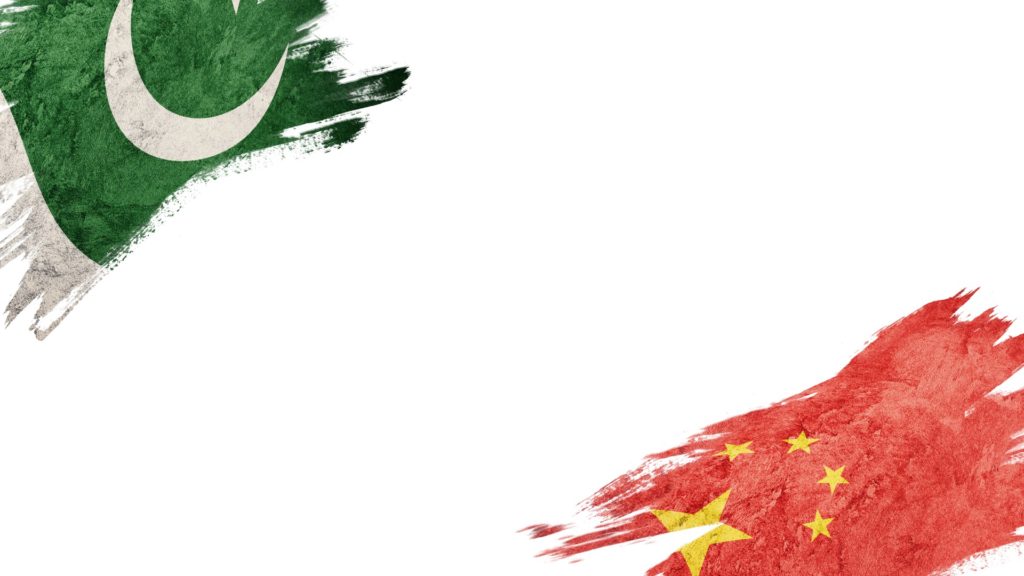Context
The media sources whose job is to keep the audiences updated on current affairs are increasingly producing material with little perspective. Moreover, the centers of global intellect are writing about the complexities of present real politic in such a jumbled manner that it would be quite challenging for a common reader to follow what actually is transpiring and where matters are heading. Many of these outlets have simply become propaganda tools to shape certain perceptions. Due to this, they have lost credibility and relevance, while at the same time giving rise to the phenomenon of Fake News.
Around 2010, PoliTact laid down a framework for comprehending the evolving political, economic and security dynamics of the Muslim world. This characterization was based, first of all, on understanding the dynamics of the Core versus Peripheral Islamic regions. Secondly it was premised on gauging the direction of the War against Extremism and on grasping the societal, economic, and cultural transformation resulting from this unending campaign. The third most significant aspect had to do with the deteriorating Western and American perceptions in the Core and the Peripheral Islamic regions, which presented an opportunity for the Russian and Chinese to exploit, and that they did. President Trump’s recent trip to the Middle East and bonhomie with Saudi Arabia appears to be an attempt to reverse that trend now by focusing on the Core.
Analysis
Core versus Peripheral Islamic World
Our previous assessments and forecasts have outlined the theory of Core versus Peripheral Islamic regions. These analyses projected that the Core comprised of nations such as Saudi Arabia, Iraq, Syria and Yemen are likely to be destabilized to such as extent that they would reach out for support from the Peripheral nations such as Turkey, Iran, Pakistan, and the Pacific nations of Indonesia and Malaysia. Or, in other words, the Peripheral nations will become more consequential in determining the fate of the ever-destabilized Core, and their utility for the emerging and established powers will thus increase significantly. However, it’s the Core which carries immense sway over the Periphery due to its religious significance.
Applying the theory to the present reveals the following: we are witnessing Saudi Arabia forming an alliance which includes Pakistan, to confront the threat faced by Daesh – and perhaps more importantly its regional nemesis Iran. Facing competition from Qatar and emboldened by the recent visit of the American president, other GCC nations such as UAE and Bahrain, including Egypt, have begun to politically and economically blockade and isolate Doha. Not only that, the Core nations are demanding from the other Muslim states to do the same, and decide if they are on the side of Qatar or Saudi Arabia.
On the other hand, Qatar has been able to garner the support of Iran and Turkey. In the aftermath of the Arab Spring the Core states have gradually been losing political credibility and now have no alternative left but to exploit their religious significance for survival. Since the Gaza Crisis and blockade that led to the Peace Flotilla incident in 2010, the Core states also compromised on their traditional support for the Palestinian cause, which has been taken over pretty much by Turkey, Iran and Qatar. In Syria and Libya as well, the Qatari policy is aligned more with Turkey than the nations that have decided to isolate it.
Thus the Core states are facing loss of political and religious credibility which will be exploited by extremist forces, potentially leading to implosion. To overcome this fragility, the Core states are latching on to the unending campaign against extremism and in this their utility to the West.
The performance of these Core states in the campaign against extremism though has been checkered. Facing Western criticism of not doing enough in leading the fight, Saudi Arabia decided to intervene in Yemen, where the primary threat is from Iran. Moreover, the Kingdom went to great lengths to form a Muslim alliance to tackle extremists, which is led by former chief of Pakistan’s military, General Raheel Sharif. The purpose of the alliance remains unclear, and it’s quite likely it would be used to counter Iran – rather then confronting groups such as Daesh and Al Qaeda. And in this, the nations that have decided to punish Qatar, have found a common purpose with the new American administration.
The emerging posture of Core nations is more a representation of desperation. The Core states, such as the Kingdom of Saudi Arabia are heavily dependent on Western support for support and survival. Meanwhile the key Peripheral states are spinning out of the Western sphere and in to Chinese and Russian influence.

Tussle of the Emerging and Established Powers
As has been noted before, the campaign against extremism has been quite damaging to the American perceptions in the Core and the Peripheral regions of the Islamic world. However, in the tussle of the emerging and established powers, this has been a blessing in disguise for Russia and China. Both have fully exploited this, as can be seen in the case of Pakistan which has strategically moved out of the American sphere of influence, and into the arms of China, represented by projects such as CPEC. On the other hand, India has shifted to the American sphere of influence, complicating its traditional closeness with Russia. Meanwhile, India and Pakistan have both joined Shanghai Cooperation Organization (SCO).
In the case of Iran, it is already a strong ally of Russia and both have been cooperating closely in Syria. While also a member of NATO, Turkey has been gradually moving away from its Western orientation. This process has been speeded up by the recent coup attempt, which Erdogan blamed on the exiled Fatehullah Gulen residing in the US.
Since 9/11 the debate has continued on how to counter the Ideology that led to the tragic event. That emphasis seems to have to taken a back seat for right now as the focus shifts to dealing with the extremist activities being carried out by Iran, and the groups supported by Qatar, Iran and Turkey.
The policies being adopted by the Core states, with Western support, can divide the Peripheral nations, and meanwhile create problems for China and Russia, whose influence is resurgent in the Peripheral regions. This will obviously also create serious fissures amongst the Islamic nations of the Core and the Periphery, and between the Shiite and Sunni Muslims.
The military solutions are not working out, be it in Iraq, Syria, Afghanistan, or Yemen. This has not stopped the global powers to compete from bringing about peace. In addition to the Geneva process, Russia has its own peace initiative brewing in Syria, which includes Iran and Turkey. On the other hand, China and Russia both have jumped on the peace bandwagon in Afghanistan. In the midst of this, President Trump wants to jumpstart the Middle East Peace Process, as witnessed by his first visit to the region.
The battle for control of the Muslim Core and Periphery will not be achieved through the barrel of the gun, bringing peace is equally plausible method to exert influence. As the Core states become weak due to lack of politically and religious legitimacy, the Peripheral states are being pulled in to fill in the void. As this scenario evolves, the Peripheral sates will need to concentrate on maintaining political and religious relevance. This will be the most critical factor in dealing with the strong forces emanating from the tussle of the emerging and established global powers, and in tackling proxies and extremists.





